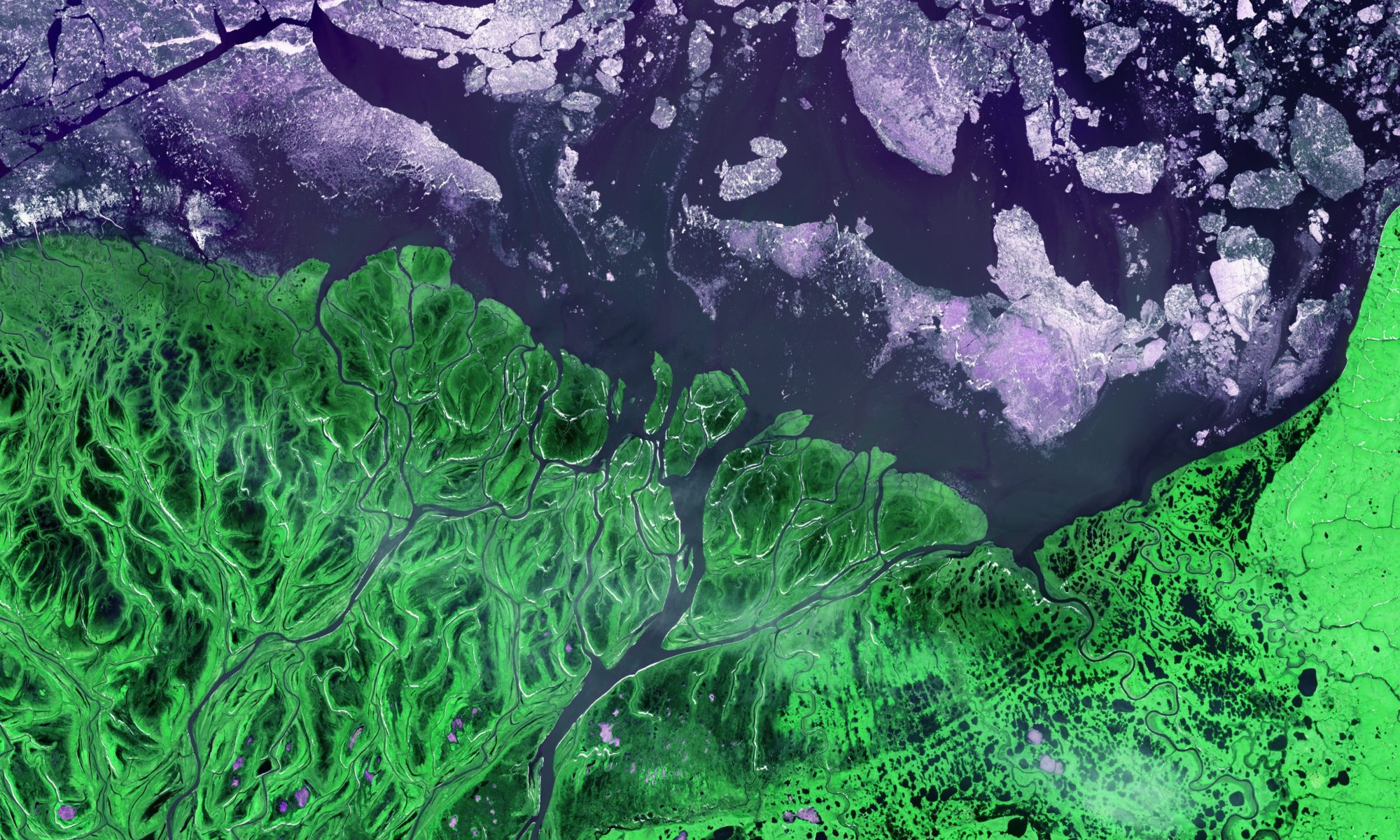Photo credit: Logan Berner
The Tongass National Forest stretches across Southeast Alaska to form not only the largest National Forest in the United States, but also the largest remaining coastal temperate rainforest in the world. This coastal temperate rainforest helps protect Earth’s climate by taking up and storing large amounts of carbon, while also providing habitat for many plant and animal species including five species of salmon. The 2001 Roadless Rule provided protection for this unique and important ecosystem, at least until Fall 2020 when the United States Department of Agriculture revoked protection in an effort to increase logging and mining. A new article by PBS NOVA describes how, “Opening up the Tongass National Forest to additional logging and development could have serious implications for both the environment and the Alaska Native communities that depend on it.”
PBS NOVA interviewed GEODE lab member Logan Berner for this story. Logan was born and raised in the Tongass National Forest and is now an Assistant Research Professor of Global Change Ecology in the School of Informatics, Computing, and Cyber Systems at NAU.
“We’ve already seen wild salmon populations decline in much of western North America because of watershed deterioration, and exempting the relatively pristine Tongass National Forest from the roadless rule would adversely affect fisheries as well as recreation and tourism, which are huge elements of the economy in Southeast Alaska,” Berner says. Increased logging would also release additional carbon into the atmosphere, thereby contributing to the global climate crisis.
Read the whole story at PBS NOVA


